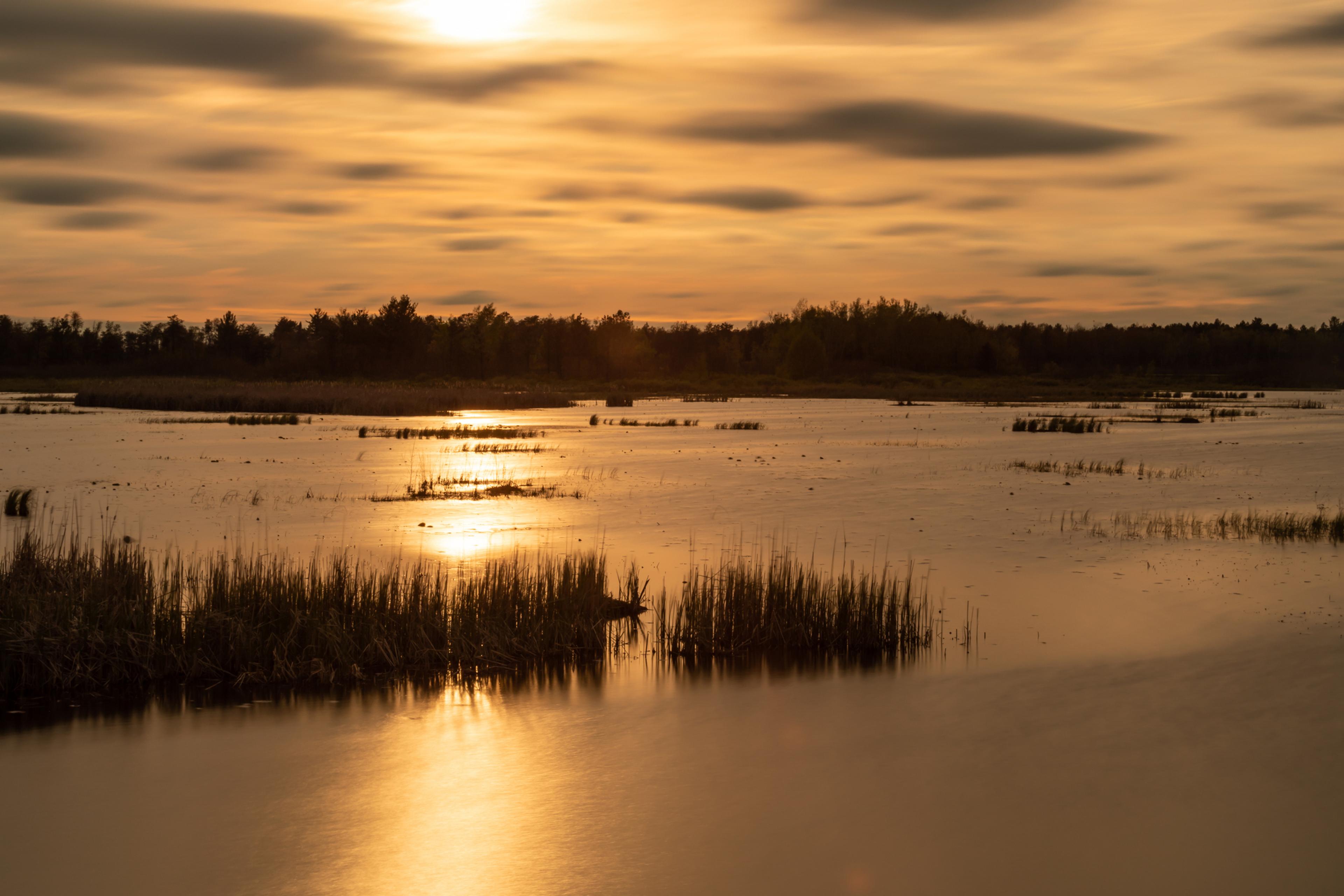When and How to Watch Perseid Meteor Showers in Michigan
A Healthier Michigan
| 3 min read

Every summer, the Perseid meteor showers grace the night skies above Michigan.
The meteor showers are from the Swift-Tuttle comet. While the comet does not pass close by Earth every year, the dust and debris it gives off becomes meteors visible each summer. They are named after the constellation Perseus, which is in the northern area of the sky where you can view the meteors.
Learn more about this celestial display and the best places and times to check them out in Michigan.
When are the Perseid meteor showers?
In 2025, the meteor showers are July 17 to Aug. 24. However, the peak days to view the meteor showers is Aug. 11, 12 and 13. The meteor showers will be visible in varying degrees between nightfall and dawn.
The best time of night to see the meteors is after 11 p.m. on those three peak days. This is just after the full moon, so waiting until it sets is your best bet to see the 50 to 100 visible meteors that pass by every hour during peak times.
Where is the best place in Michigan to see the Perseid meteor showers?
The No. 1 enemy for seeing meteor showers is light pollution. The further you can get away from city lights, the better view you will have of the Perseids. The Lake Michigan shoreline is a great option, provided you are far enough away from cities and towns with light pollution. Sleeping Bear Dunes National Lakeshore is a popular night-sky viewing spot.
Michigan also has parks that are designated dark-sky preserves that serve nicely as Perseid viewing spots:
Tips for watching the Perseid meteor showers in Michigan
Stargazing and viewing meteor showers aren’t always as simple as looking up to the sky at the right time. Follow these tips to make sure you are prepared for a successful meteor viewing:
- Bring comfort items like camp chairs, blankets, snacks and water.
- Bring a sky map with you. There are plenty of sky map apps available, but you won’t want light from your phone when you’re trying to get a good look at the Perseids.
- Use a red-light flashlight leading up to the viewing. You won’t want to be out in the dark without a light source, but you don’t want to ruin your viewing with a bright flashlight. Many flashlights come with a red-light setting.
- Give yourself plenty of time. Get there ahead of moonset to make sure you are in place and prepared for the height of the meteor shower display.
When will the Perseid meteor showers return?
After the meteor showers peter out by Aug. 24, you will have to wait until next summer to catch a glimpse. They will be back from July 17 to Aug. 24, 2026, with the peak once again around Aug. 12.
Related:





